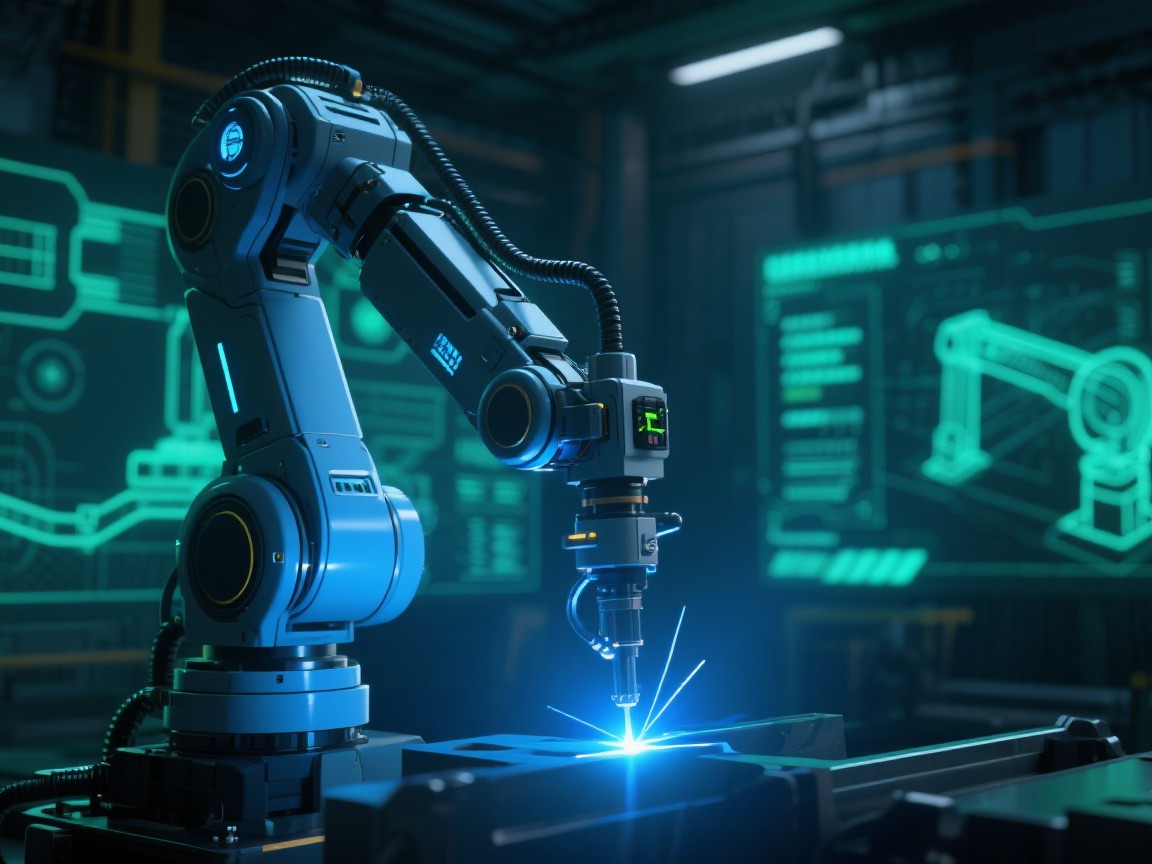 Industry News
Industry News Industrial Manufacturing: AI-Driven Upgrade of Smart Manufacturing
Industrial Manufacturing: AI-Driven Upgrade of Smart Manufacturing
2025-08-27
2025-05-13
2025-05-26
2025-06-03
2025-06-20
2025-11-20
 Current Affairs
Current AffairsThe "Stabilizing Mission" of Incubators
Incubators are core equipment in fields such as healthcare, scientific research, and food storage. Their primary function is to maintain a constant temperature inside the chamber — from the precise 37℃ environment required for cell culture to the 2-8℃ low-temperature range for vaccine storage. Any temperature fluctuation may affect the quality of items or experimental results. In the process of achieving "temperature stability", energy consumption becomes a crucial indicator that cannot be ignored, and changes in ambient temperature directly affect the level of energy consumption.
The "Subtle Relationship" Between Ambient Temperature and Incubator Energy Consumption
There is a significant correlation between ambient temperature and incubator energy consumption:
When the ambient temperature is higher than the set temperature inside the incubator, the refrigeration system must operate continuously to expel excess heat from the chamber. For every 5℃ increase in ambient temperature, refrigeration energy consumption may rise by 15%-20%.
Conversely, if the ambient temperature is lower than the set temperature (e.g., a laboratory temperature below 20℃ in winter while the incubator needs to maintain 30℃), the heating system has to start frequently to supplement heat, and energy consumption also increases as the temperature difference widens.
In short, the greater the temperature difference between the ambient temperature and the set temperature inside the incubator, the higher the energy consumption of the incubator.
In-depth Analysis of the Impact Mechanism
(I) The "Invisible Hand" of Heat Transfer
Heat transfer is the core logic behind energy consumption changes:
When the ambient temperature is high, heat enters the incubator through three paths: the cabinet shell (conduction), gaps in the door (convection), and external light (radiation). The incubator must continuously refrigerate to offset this "external heat".
When the ambient temperature is too low, heat inside the incubator escapes through the same paths, and the heating system has to work continuously to "maintain" the set temperature.
If the thermal insulation performance of the cabinet is insufficient, the heat transfer efficiency will further increase, and the energy consumption gap will expand accordingly.
(II) The "Response Strategy" of Refrigeration and Heating Systems
The operating status of the compressor (for refrigeration) and heater (for heating) — the core components of the incubator — is directly regulated by the ambient temperature:
When the ambient temperature far exceeds the set value, the compressor shifts from "intermittent operation" to "long-term continuous operation", which not only doubles energy consumption but may also shorten the equipment’s service life.
When the ambient temperature is too low, the startup frequency of the heater increases from 2-3 times per hour to 5-6 times, and the single operation time also prolongs, leading to a continuous rise in energy consumption.
The Truth in Data: Practical Case Analysis
Taking a common medical refrigerator (set temperature 2-8℃) as an example:
At a normal ambient temperature of 25℃, the daily energy consumption is about 3.2 kWh.
When the ambient temperature rises to 35℃ (a laboratory without air conditioning in summer), the daily energy consumption increases to 4.8 kWh, a rise of 50%.
If the ambient temperature drops to 10℃ (a warehouse without heating in winter), although refrigeration is not needed, the heating system has to maintain the internal temperature, resulting in a daily energy consumption of 2.5 kWh — 10% higher than that in a normal temperature environment.
Another set of data shows that an industrial-grade incubator (set temperature 50℃) consumes 22% more energy in a 15℃ environment than in a 25℃ environment, confirming the direct impact of temperature difference on energy consumption.
Response Strategies and Energy-saving Insights
(I) Optimize Design to Improve Energy Efficiency
From the perspective of equipment itself, choosing an incubator with high thermal insulation performance is key:
Using a polyurethane foam insulation layer (thickness ≥50mm) can reduce heat conduction efficiency.
Installing vacuum glass doors reduces radiant heat transfer.
Optimizing the door sealing structure avoids convective heat loss.
These designs can minimize the impact of ambient temperature on the inside of the incubator from the source and reduce energy consumption by about 20%-30%.
(II) Intelligent Control for Precise Energy Saving
Modern incubators are mostly equipped with intelligent temperature control systems:
Through built-in ambient temperature sensors, they monitor changes in external temperature in real time and automatically adjust the intensity of refrigeration/heating. For example, when the ambient temperature rises, the refrigeration threshold is lowered in advance to prevent the compressor from suddenly operating at full load; when the ambient temperature drops, the heating frequency is slowed down to reduce energy waste through "predictive adjustment".
Some high-end equipment can also connect to air conditioning systems for linked control of ambient temperature, further optimizing energy consumption.
Future Outlook: The Path to More Efficient Incubators
With the development of energy-saving technologies, future incubators will shift from "passive response" to "active adaptation":
On the one hand, the application of new thermal insulation materials (such as aerogel) will further reduce heat transfer.
On the other hand, the introduction of AI algorithms can combine historical ambient temperature data to predict temperature change trends in advance and achieve "on-demand energy supply".
In addition, the combination of photovoltaic power supply and incubators may provide a low-energy solution for outdoor use scenarios (such as field research), enabling incubators to meet green and low-carbon needs while maintaining stability.